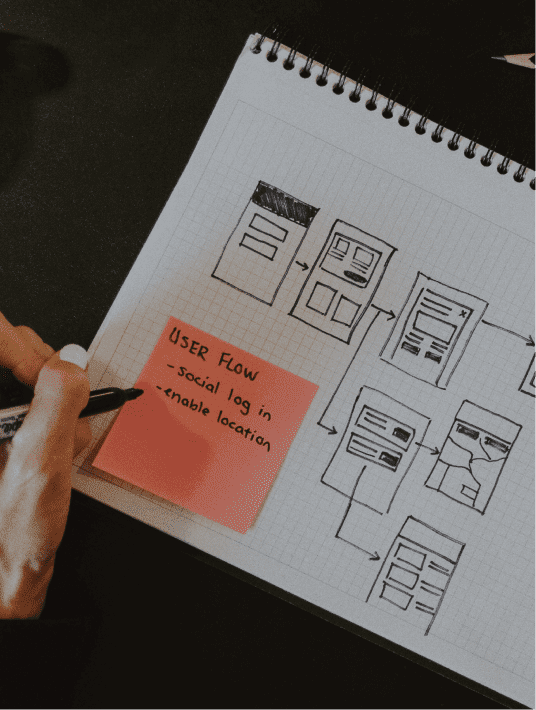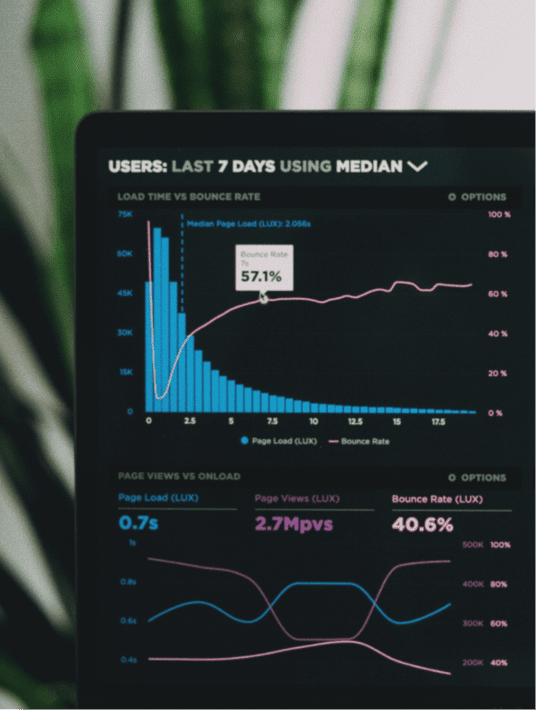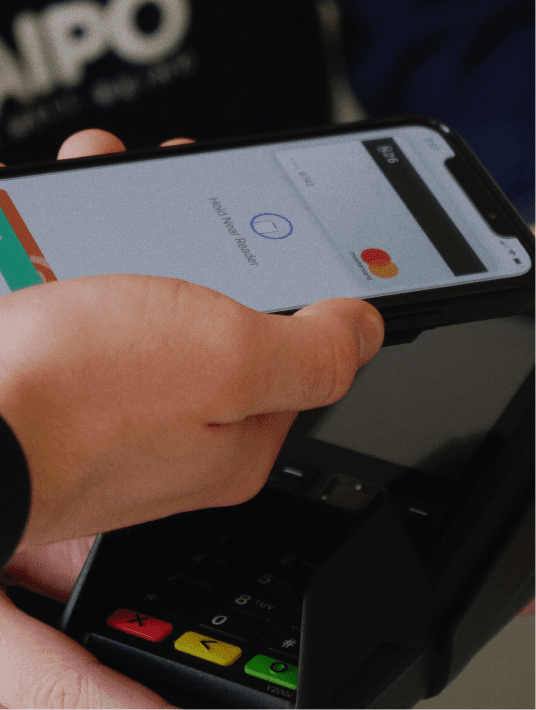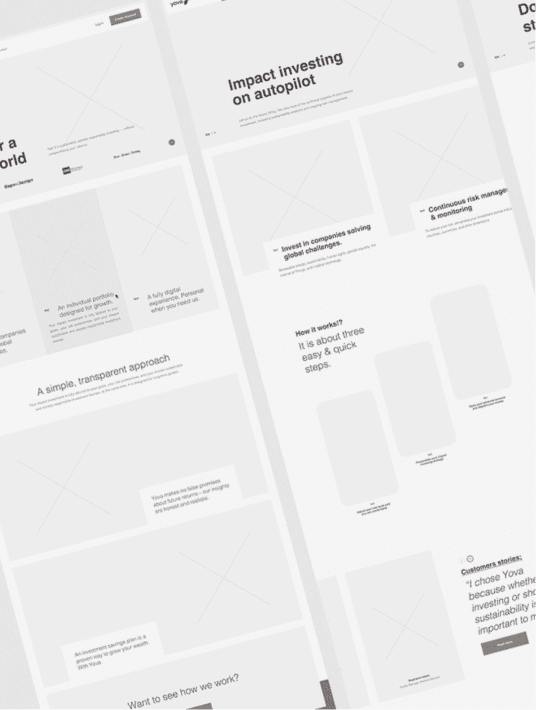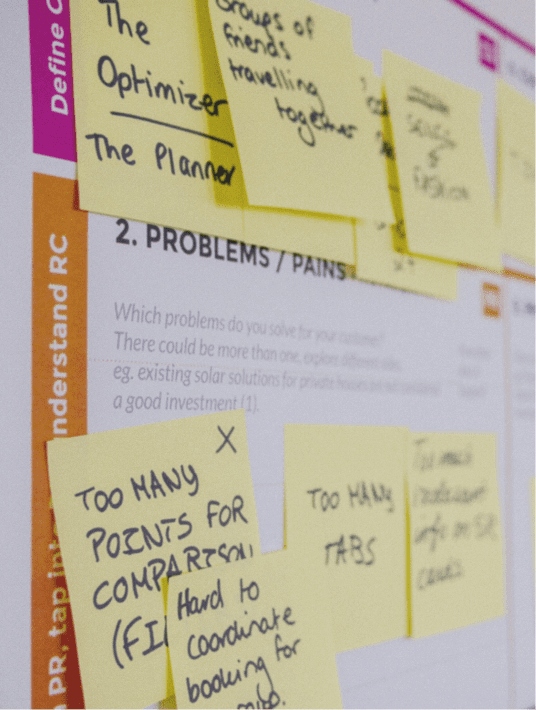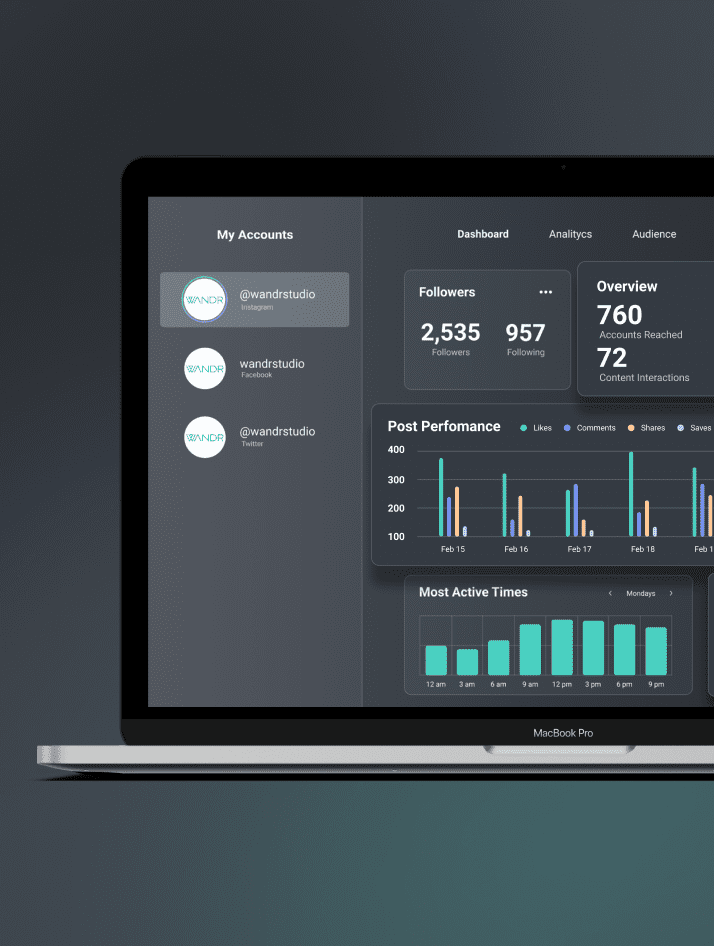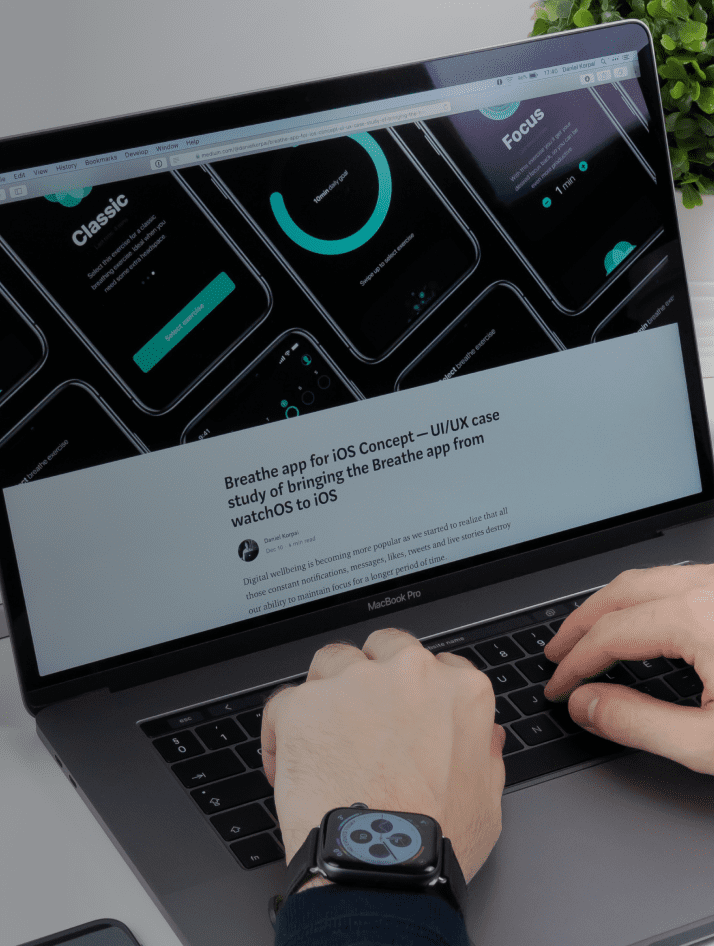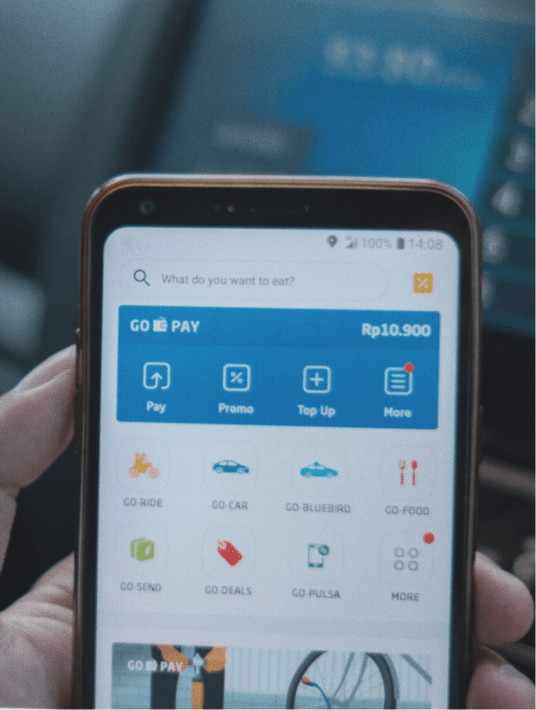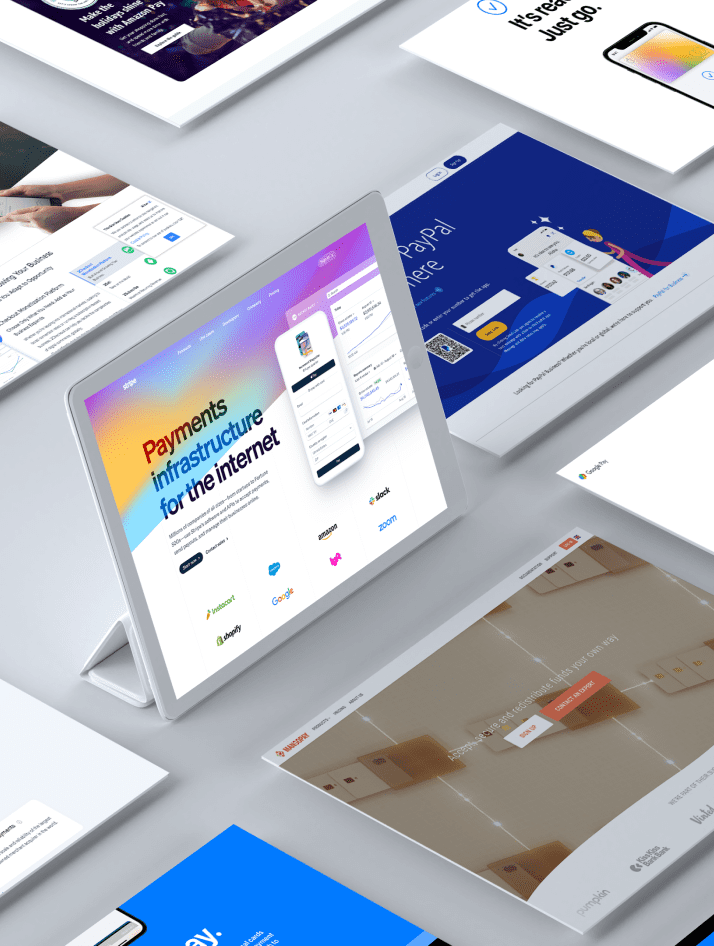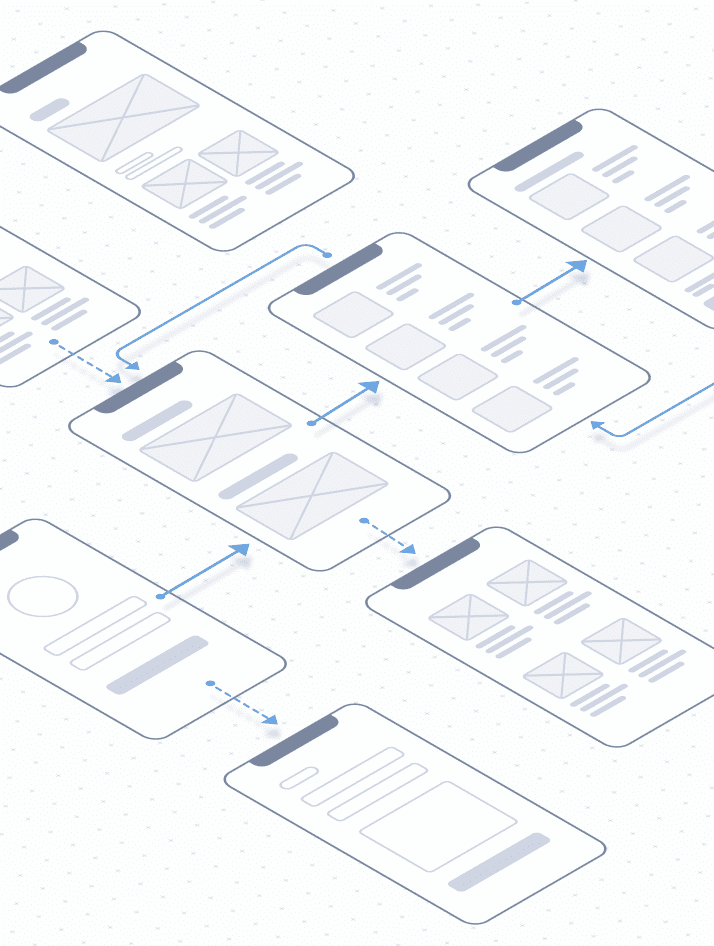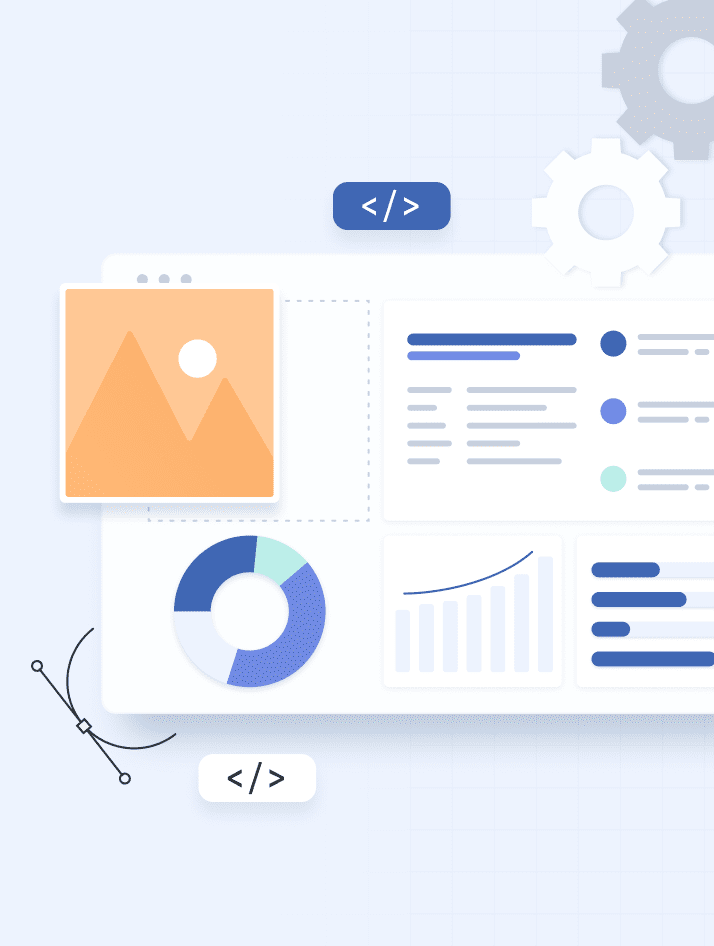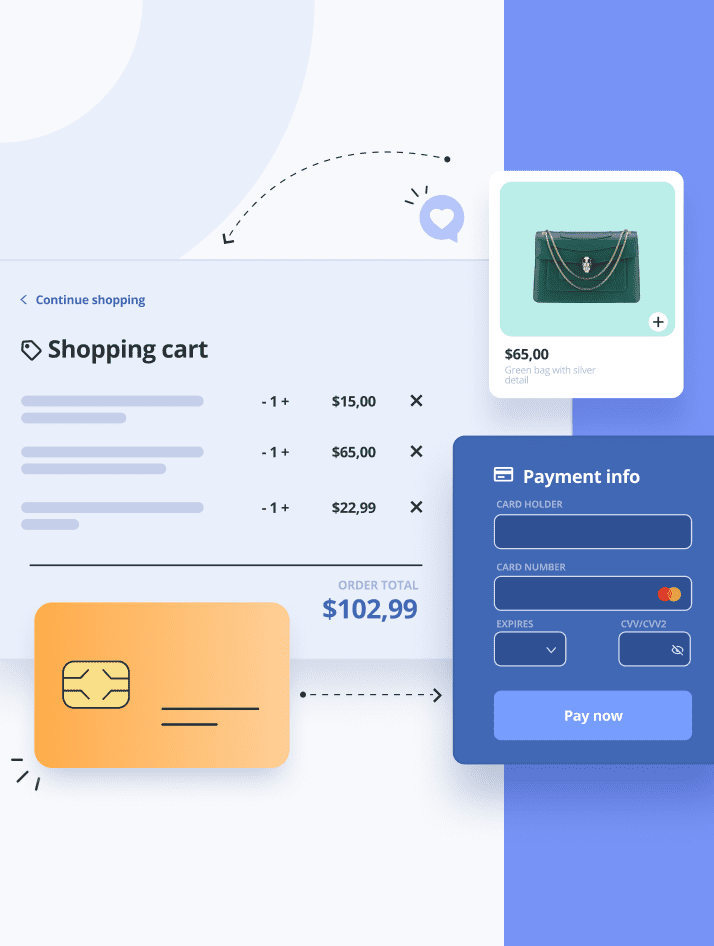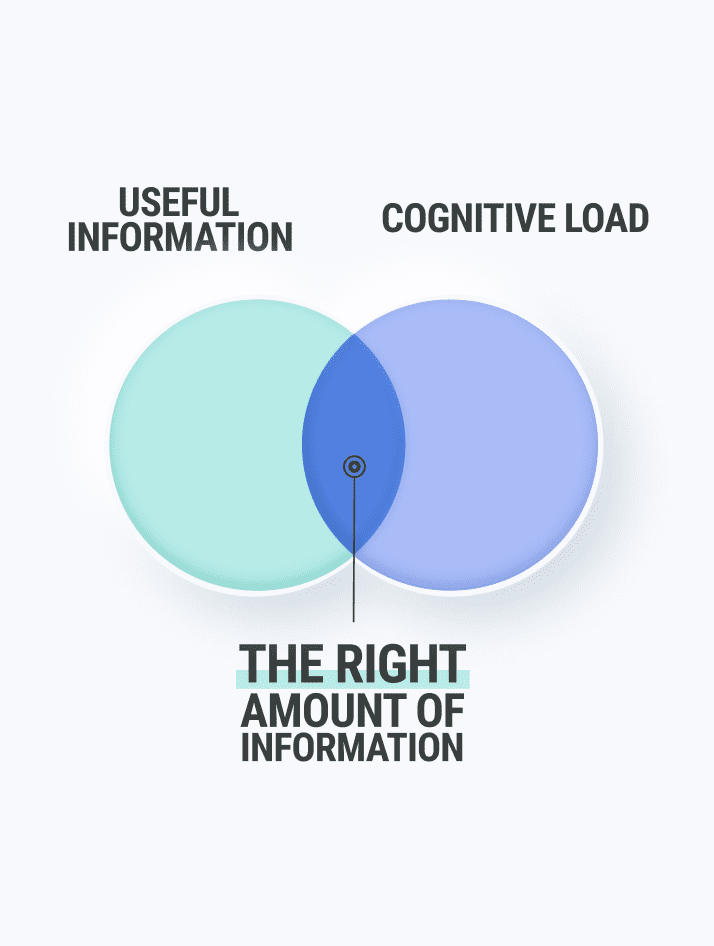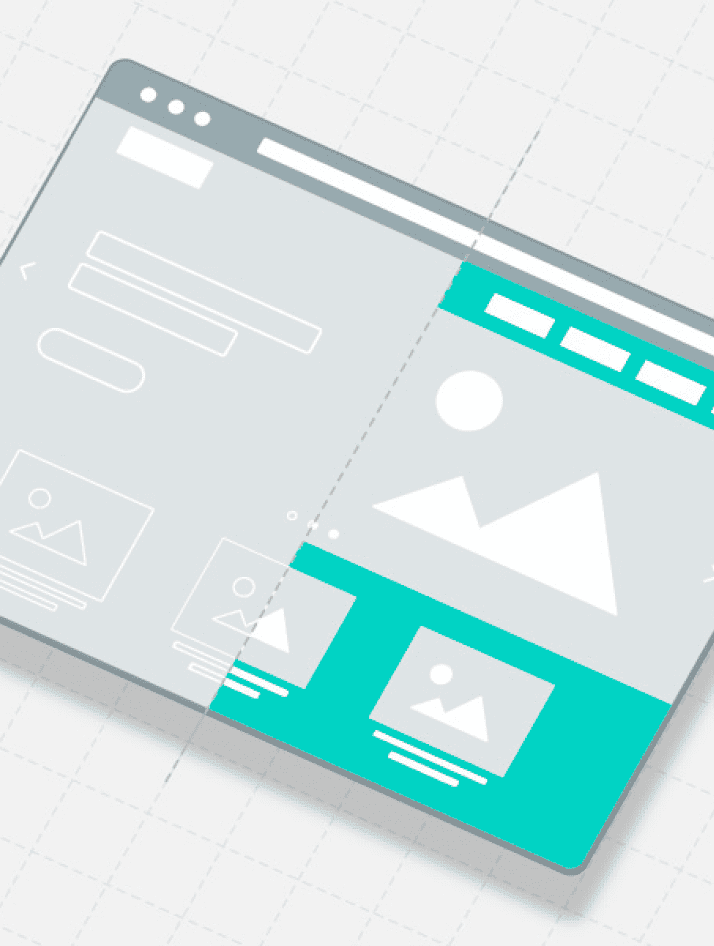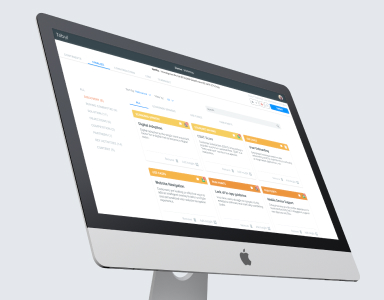Enhancing Digital Products: UX Audit Insights
Explore the significance of UX audits in identifying areas for improvement and maximizing user experience.

Introduction to the UX Audit. Check out our free UX Audit eBook at the bottom of our homepage! Brought to you by WANDR, ranked #1 UX Design Studio in Los Angeles by Clutch.
A user experience (UX) audit helps us understand the strengths and weaknesses of a website or SaaS product. A UX audit offers tremendous insight into the performance of digital products, yet many businesses overlook this important process.
The information that we gather through an audit allows us to find areas for improvement. We can focus on specific goals, such as increasing user engagement or boosting conversion rates. The UX audit for SaaS products can be as simple or complex as you prefer. It’s an easy way for businesses to evaluate their websites and SaaS platforms. To get started, here is a beginner’s guide to the auditing process.
What Are the Goals of a UX Audit?
When asked to define UX design, most business owners may not have an answer. UX design is the process of developing websites and SaaS platforms to give users a better overall experience.
A UX audit takes a closer look at the design and its performance. The information that we obtain depends on the scope of the audit and what we hope to achieve. First, we pinpoint elements on your site or platform that continue to confuse users. Then, we consider those that repeatedly result in customer complaints. We can learn which web pages are causing visitors to leave your site. An audit will reveal which features are keeping users from making a purchase.
Businesses often use these audits to determine what is working and what is not. The audit also provides a detailed look at various data and metrics to determine the needs of your users. When hiring an outside firm (like us!) to complete the audit, you will receive actionable steps for dealing with the areas that need improvement.
What Are the Main UX Audit Components?
A typical UX audit is designed to provide feedback and data related to the performance of your platform. This may include the use of analytical software, user surveys, and tools to evaluate what is working and what is not working.
Here are some of the most used components:
- Product evaluation
- Website and mobile analytics
- Sales figures
- Conversion rates
- User surveys
- Stakeholder interviews
The resources used for the audit depend on the details that you want to gather. These details root back to your business and customer goals.
For a basic website audit, we may simply focus on website analytics. For a detailed audit of a product for a major organization, additional tools may be needed.
Including more resources in the evaluation process offers more insight. When we combine analytics, sales figures, and user surveys, we get a complete picture of how the UX directly impacts sales or conversions.
The Most Common UX Audit Deliverables
Using the components discussed, the UX auditing process may provide a variety of deliverables based on your specific needs.
The most common deliverables include:
- Project assessments
- Usability and user research
- Information architecture reports
- Competitor assessments
Project Assessments
Most audit reports include an assessment of the project. This is a basic outline of the current state of the digital product. It also provides a baseline when comparing progress during future audits. Usability refers to the experience of navigating and using your platform or website. These reports are typically completed using feedback from real users.
Usability and User Research
With user surveys, you can ask users to rate various features of the site or app. However, it is important to keep surveys short. If there are too many questions, users are less likely to complete the surveys. Besides usability reports, an audit may offer more details about the users through detailed research. Auditors may look at the demographics of your target market, such as average age, income level, education level, geographical region, gender, and interests, or hobbies.
Information Architecture Reports
Information architecture is the process of arranging parts to make the information understandable. With digital products, information architecting often involves the site map of the site or platform, taxonomies, wireframes, and navigation. The site map offers a visualization of the basic structure of components and information. Looking at this diagram provides a better picture of how every page or display is connected.
Competitor Assessments
In some cases, an audit may include assessments of the competition. Comparing the UX of the competition’s products gives more insight into how your product stacks up. This assessment is also helpful for UX designers, as it provides more information about industry standards. These are just a few examples of common deliverables. Hiring an audit company allows you to tailor these deliverables to suit your requirements. It also helps to have an outside perspective when compiling reports.
Outline for a Website User Experience Audit
For most businesses, a website is an online storefront. When potential customers want to learn more about a product or service, they typically search for the company’s website. This is why a website audit is a great place to start. With analytical software and user surveys, you can learn a lot about the strengths and weaknesses of your website. You can learn about what products your clients love. Or, where you’re losing potential customers.
Here is a UX audit sample that focuses on the key aspects of a web page user experience:
- Bounce rate
- Time spent on-page
- User flow
- Navigation
- Usability
Most of these UX features can be found using analytical software, such as Google Analytics. The bounce rate and time spent on-page provide an overview of visitor engagement. The bounce rate is the percentage of visitors that leave without viewing any other pages or clicking on any calls to action. The time spent on the page also lets us know whether users are leaving without viewing your entire message.
The user flow helps us determine where users are going after reaching a landing page. This gives us more information about whether the links and buttons on your site are effective at directing visitors where you want them to go. The navigation aspect may include a look at the internal linking structure of your site and the presence of calls to action and menus. Usability relates to the design features of the web page. While you can attempt to analyze these features on your own, a user survey or third-party audit offers more honest feedback.
Benefits of Hiring UX Audit SaaS Specialists
While some businesses may choose to conduct these audits in-house, there are many advantages to hiring an outside team. UX audit companies, such as us here at WANDR, have the experience to deliver detailed reports that are customized based on your objectives. The audit should include a deep analysis of the platform, without any bias. The reports that you get also include helpful recommendations and actionable steps for improving the value proposition of your digital product.
Instead of guessing what users want, you can redesign your site or app based on real information. You can fix problems in the design or streamline the interface based on customer feedback or the analytics used to evaluate the product.
The main goal of the audit is to increase your bottom line by making changes based on the audit reports.
By offering a better value proposition and effectively communicating with your users, we start to increase conversions and boost sales.
In the end, it is easy to be biased about the quality of your website or platform. If you want an honest evaluation, consider hiring a company to conduct a complete audit.
Interested in a UX audit? WANDR specializes in UX audits. We have experience with various digital products such as mobile apps, websites, and SaaS dashboards. Learn more about our UX audit services.
What Would You Like to Learn in a UX Audit for Your SaaS Product?
Let us know in the comments below.











